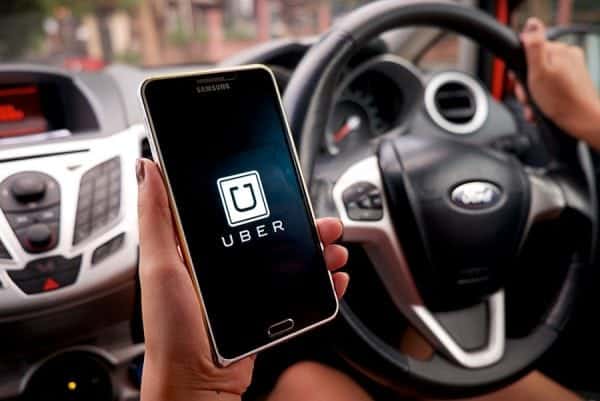This is how Uber's surge pricing works in South Africa


Image: Stockphoto
If you’ve ever tried to book an Uber after a rugby match or concert, you’ll likely have noticed an unusually high fare. Called surge pricing, this practice by e-hailing services such as Uber, sees consumers paying higher amounts during peak times and events.
A report from the Competition Commission explains how it works:
Uber and Bolt have adopted a market-based approach in which the fares are determined by demand and supply. When the demand for the service outstrips supply, dynamic pricing kicks in which increases the fares until demand and supply normalises. Passengers have full transparency of pricing.Area-specific dynamic pricing
In its submission, Uber indicated that it divides cities into hexagonal zones. Each zone has its own dynamic price multiplier, based on the real-time demand and supply in that zone.
The system frequently updates fares based on the latest, real-time conditions in each geographic area to ensure that a change in fare is accurate and effective. Uber added that dynamic pricing is not implemented to whole cities or suburbs, but targeted to very small, specific areas.
Examples given in the report were during the Ed Sheeran concert in Johannesburg in March 2019 and the Global Citizen Festival in December 2018.
E-hailing companies said the rationale behind this dynamic pricing is to incentivise more drivers to work when demand is high.
Uber and Bolt state benefits
In their submission to the commission, Bolt and Uber said this practice is beneficial, and consumers shouldn’t feel cornered by dynamic pricing.
“Firstly, a passenger who is willing and able to pay high fares during peak times can get service and price-sensitive passengers will wait until the price falls.
“Secondly, dynamic pricing incentivises the operator to go to an area where the price is surging which results in supply increasing in that area which assists in bringing the price to an equilibrium.
“Thirdly, e-hailing operators are also incentivised to work on public holidays such as Christmas and New Year’s Eve, with an expectation of higher fares and earnings.”
Demand and supply
Speaking to Fin24, Uber sub-Saharan Africa general manager Alon Lits said the service’s pricing algorithms are determined by demand and supply.
He added that unlike the hotel industry and restaurants, which automatically charge high prices on New Year’s Eve, for example, Uber fares will only increase if demand in an area is high.
Lits said people have the option to wait a couple hours for demand to cool and avoid the increased fees.
While it is an option to wait for pricing to return to normal, passengers may not always be able to do because of health or safety concerns.
Surge multipliers capped
In their report, the commission noted that surges in price may be detrimental to the passengers.
“Dynamic pricing normally kicks in at the worst possible time for passengers. For example, when it is raining or at night after a major event.”
The commission also revealed that on 2 December 2018 after the Global Citizen Festival, passengers were left stranded because of dynamic pricing. Some concert goers were charged more than R1 000 compared to a normal cost of around R200.
Until recently, Uber had different maximum surge multipliers in different cities across South Africa. The caps have, however, now been standardised across South Africa.
The commission redacted some of the exact figures, but Bolt’s multiplier is capped at 2.3, while Uber’s dynamic pricing can only be by a stated multiple, such as 1.1 or 2.5 times, above the standard price.







